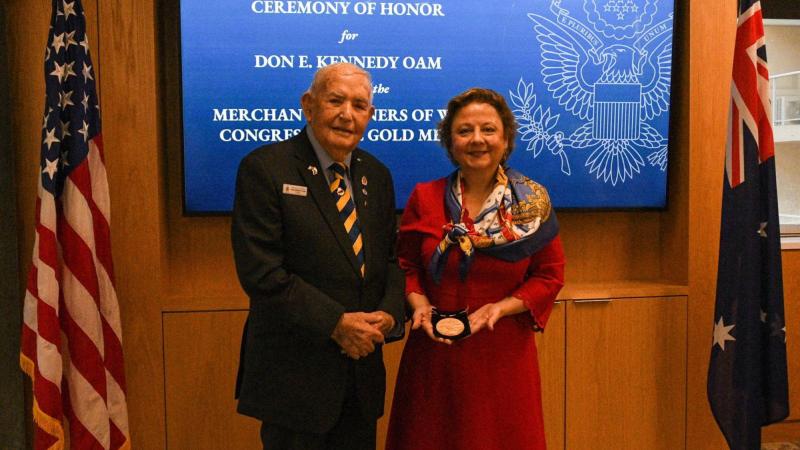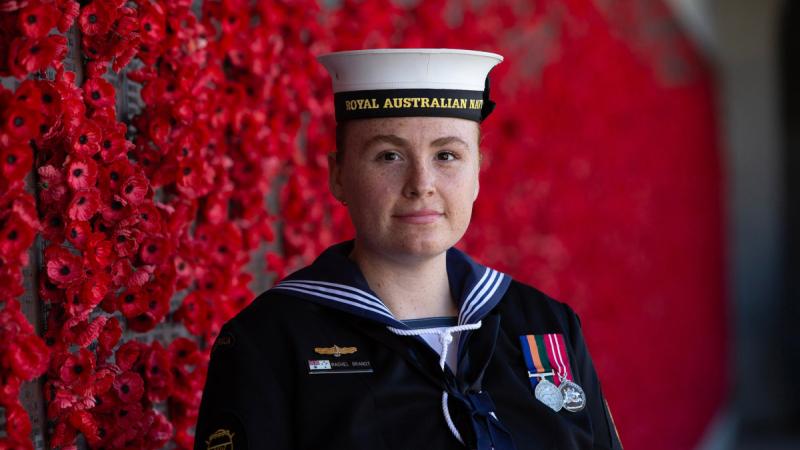By Peter Salveson, CEO, Hansen Yuncken
Compared with other industries, Australia’s arts and cultural scene has undoubtedly struggled to revive itself post-pandemic. But, amid news of South Australia’s record-breaking $150 million tourism boost this Easter, and Qatar Airways launching a new route from Adelaide to Auckland, all signs point to a sharp uptick in visitation to South Australia this year.
This increase in tourism will undoubtedly help to heal what has been a rough couple of years for our cultural sectors.
In 2019, Australia’s arts and entertainment sector employed 193,600 Australians and contributed $14.7 billion to the gross domestic product. As the pandemic closed venues, the live entertainment industry lost $1.4 billion in revenue, forcing many to close permanently.
Similarly, Australia’s tourism industry suffered significant losses after international and domestic border closures. The Tourism and Transport Forum estimated that tourism revenue dropped by 18%, with up to $5.3 billion in lost salaries and wages into the broader economy.
Helping South Australia return to the recognisable tourist it once was, are several standout developments and renovations.
One example is the newly developed Eos by SkyCity, a $330 million luxury hotel built by Hansen Yuncken offering premium spa experiences, restaurants and opulent accommodation, which opened in December 2020. Our renovation of Her Majesty’s Theatre in Adelaide, which was recently awarded the National Commercial/Industrial Construction Award ($50-100 million category) by Master Builders South Australia, is also proving essential to attracting local and international tourism.
Across state borders, other examples of Australian cultural landmarks that are helping to revitalise their respective localities include Hansen Yuncken projects such as Melbourne’s Victorian Pride Centre, Brisbane’s Thomas Dixon Centre, the recently launched HOTA gallery and Tasmania’s Museum of Old and New Art, known as MONA.
Reinvigorating Australia’s local tourism and supporting the arts and entertainment sectors through world leading construction continues to be high on the agenda for us this year.
Construction companies should work collaboratively with clients to deliver leading edge landmarks like Eos by SkyCity to create spaces for people to connect, work, relax and explore our great country.
It should be noted that construction nowadays is placing a much stronger focus on experiential offerings.
The ‘work from hotel’ concept is rising in popularity, in tandem with our new capabilities around remote collaboration and productivity as a result of COVID-19.
There are a lot of trends coming out of the United States in terms of construction. Shared spaces are becoming more popular, and not just for work. People want a holistic location where they can shop, eat, drink, relax and stay all in the one complex.
It’s essential that South Australia and the country at large invest in world-leading, iconic tourism destinations to remain competitive against new global attractions. This requires investment in innovation, both in the design of buildings and from the companies that deliver them.
Commercial construction companies must look to new technologies like Building Information Management (BIM), drone deployment and AI to ensure projects are delivered to world leading standards, within budget and on time.
Sustainability in commercial accommodation is also a rising focus for our industry. Here digital planning, supply chain management and the use of machinery like electric cranes rather than diesel, provide a huge impact on decarbonising construction onsite.
Waste reduction is also incredibly important and achievable on most projects. On the Eos by SkyCity build, for example, we recycled around 90 per cent of our waste, which reduced our carbon footprint dramatically.
To successfully deliver projects in this changing landscape, construction companies need to understand the client brief and the expectations of travellers for premium, sustainable design. This means having a very open dialogue with clients, architects, designers and other stakeholders to ensure everyone is on the same page, from design through to execution.
It’s time to set the stage for the festival state’s revival, along with the galleries, accommodation and venues.
F








